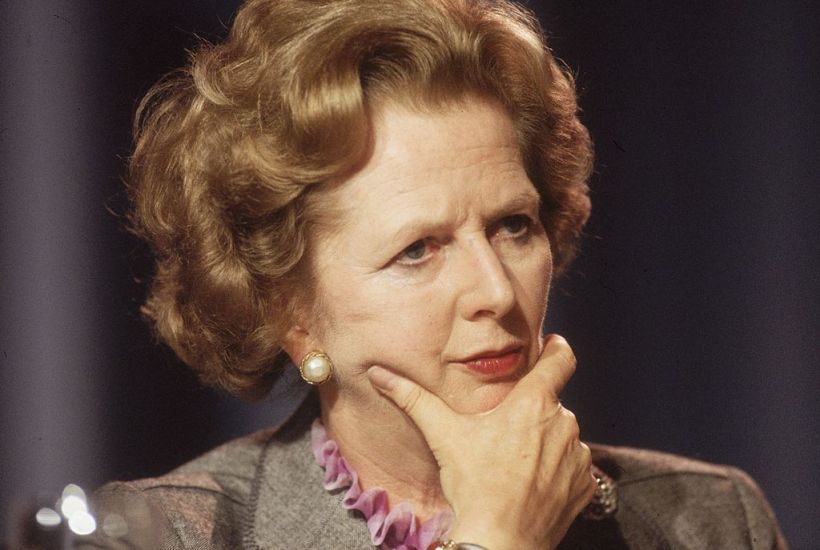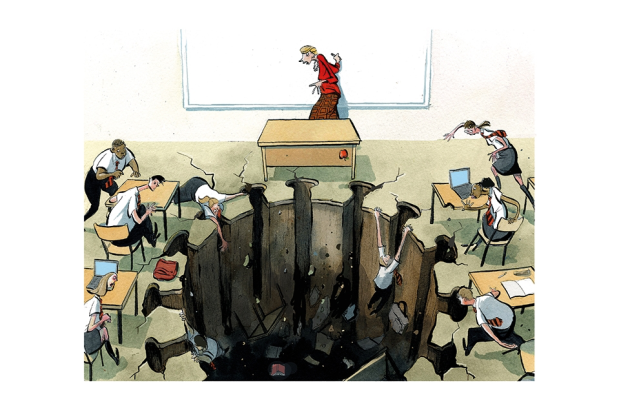The gender debate has generated plenty of heat, but as a trans person – and keen supporter of the Conservative party – it’s clear to me that amidst this discussion there are plenty of myths circulating.
One that troubles me most – as the first trans person to stand for the Tory party in the European elections in 2019 – is the idea that trans people are all radical left wingers. This couldn’t be further from the truth.
Trans people come in all shapes and sizes, with all sorts of backgrounds and all kinds of political affiliations. Of course, I can’t speak for all trans people. But through my charitable and LGBT+ support work, I have interacted with thousands of trans adults and young people. The one thing we all have in common is a shared journey, sometimes of pain and suffering, but also of joy, at finding the freedom to live honestly and enjoy inner peace.
I was born with conflicting sex characteristics, some visible, some not. I struggled from the age of five to deal with the conflict between what my brain was telling me who I should be versus what my mother and society were telling me I should be.
I had a very tough upbringing in a one-parent family in a poor household. I left school at 16. After a lot of hard work, I ended up at the top of my profession as partner in a global professional service firm.
Margaret Thatcher influenced my Conservative thinking. I learned from her about hope and aspiration, and about personal responsibility and freedom. I learned that everyone, no matter their background, should have the equality of opportunity to succeed on merit. I saw that a shopkeeper’s daughter could rise to become the most powerful person in the land. I learned about leadership and unlocking the potential of enterprises and individuals to prosper and thrive.
These Conservative values drove my life; they still do. But they are only part of life’s equation. Until my mid fifties, when I transitioned physically, emotionally, mentally, socially and spiritually to become Sue, I hadn’t found myself and come to terms with who I was inside. When I took that step, I found the authentic person I’d always been deep inside.
In the end, it was a simple choice I had to make, as the dysphoria had become unsustainable. I had a choice: to stop the pain I had to allow myself to live properly. Today all my sex characteristics are aligned as best they can be. I have inner peace and I live in harmony with the world and those around me.
So what have I learned from this personal transformation? Tolerance, compassion, understanding and empathy for other people’s struggles is vital. It was a magical moment when I looked in the mirror and saw Sue looking back at me. I want to ensure that trans people like me can also find that inner peace.
So how do we stop trans women and women being pitched against each other? How do we bring Conservative values to the problem? It is absolutely paramount that the safety, rights and ability of all to live in peace and harmony with each other is the desired outcome, with no one’s rights taken away.
Women and trans people have the same need to live in safety from abuse, sexual harassment and physical violence. Trans women and trans young people are not an inherent threat to women. Sadly, there are a small number of abusive people in this world of all genders, and efforts should focus on stopping their actions.
But these people don’t represent the views of the majority. The 2020 British Attitudes Survey found that 82 per cent of the population are not prejudiced against transgender people. This consensus mirrors my personal life. So make no mistake: the moral panic against trans people is coming from the media and a small vocal minority; it is largely built on misinformation and fear. Trans women are not sex pests or paedophiles. They are just ordinary people trying to live their lives without fuss or fan fare.
Trans people who are worried should be assured that the law is on their side. The Equality Act makes sure that ‘To be protected from gender reassignment discrimination, you do not need to have undergone any specific treatment or surgery to change from your birth sex to your preferred gender. This is because changing your physiological or other gender attributes is a personal process rather than a medical one.’
As this protection is based on a ‘personal process’ this should mean trans people have access to toilets, changing rooms and rape counselling services based on their own self identification.
Back in 2010, when the Equality Act first came into effect, it was decided that trans people could only be excluded from single-sex services on a case-by-case basis. To deny trans people access to such places, it has to be proportionate, legitimate and objectively justifiably; this is a high bar. But if this has been the case for almost a decade now, why are we continuing to debate such things in 2021? It’s vital that we move on from the fighting and learn to live alongside each other.
It’s clear that most of the population is supportive of trans people and that the law supports the current status quo. Mainstream women’s groups and the UN are also concerned women’s rights could now be in danger because the very notion of gender is being undermined. So why can’t we just take the heat out of the debate and get back to just being kind to each other?
Got something to add? Join the discussion and comment below.
Get 10 issues for just $10
Subscribe to The Spectator Australia today for the next 10 magazine issues, plus full online access, for just $10.


















Comments
Don't miss out
Join the conversation with other Spectator Australia readers. Subscribe to leave a comment.
SUBSCRIBEAlready a subscriber? Log in